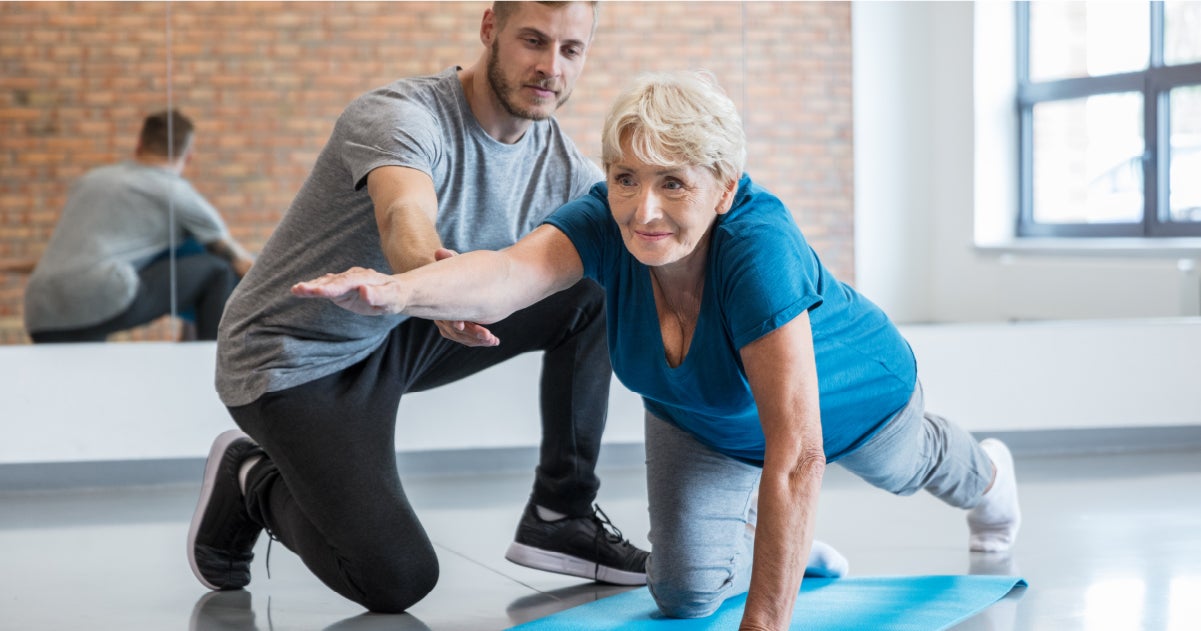Assessing the Interplay of Joint Flexibility and Stability in Client Results
Assessing the Interplay of Joint Flexibility and Stability in Client Results
Blog Article
Articular movement and control are essential elements that impact client results in rehabilitation and rehabilitation. Joint mobility refers to the range of movement available at a articulation, while stability entails the capacity to sustain management of that articulation during movement. When patients have good joint mobility, they can navigate their extremities unrestricted, which is essential for performing daily activities. On the other hand, steadiness helps prevent harm by allowing the system to maintain correct alignment and balance during these movements. Grasping how these two factors connect can lead to improved care plans and enhanced recovery for patients.
In many cases, patients with joint discomfort or traumas frequently experience a reduction in movement. For example, disorders like arthritis can limit how far a articulation can shift, making it difficult for people to execute tasks such as walking or ascending stairs. Physical therapists often concentrate on activities that increase range of motion through flexibility work and fortification. These exercises can help reestablish the range of movement, making it more manageable for clients to engage in their daily activities. However, increasing range of motion without considering steadiness can result to further harm, emphasizing the need for a holistic approach.
Control is just as crucial in rehabilitation. When a joint is deficient in stability, it becomes more vulnerable to injuries during movement. For instance, an unstable knee articulation can lead to strains or ruptures while running or leaping. To enhance stability, therapists may integrate exercises that fortify the muscle groups around the joint. These activities help support the articulation and avert excessive motion that could result to injury. By concentrating on both mobility and control, therapists can provide a comprehensive care plan that addresses the specific requirements of each patient.
The interaction between joint movement and read this article control is especially evident in sports medicine. Sports participants often require a elevated level of both mobility and control to execute at their best. For instance, a gymnast needs to have limber joints to perform complex movements while also preserving control to prevent falls. In sports training, trainers and trainers stress the importance of cultivating both elements to enhance performance and minimize the risk of harm. This approach ensures that sports participants can move efficiently while keeping their joints protected during rigorous exercises.
Ultimately, comprehending the relationship between articular movement and control can lead to better results for patients in multiple settings, from therapy facilities to sports training centers. By promoting both aspects, medical practitioners can help patients recover their strength and confidence. This integrated method not only helps in recovery but also equips people with the tools they need to avert future harm. As studies continues to evolve in this area, the importance of combining mobility and control in care plans will remain a central focus for enhancing client care and overall check health.